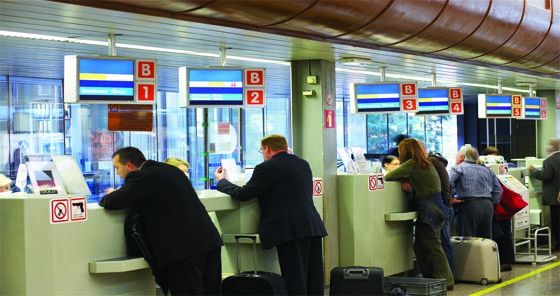

In today’s fast changing business environment, often we find that the plan and execution are not in sync. This leads to mismanagement and inefficiency at work place. A project manager is expected to ensure that the team working on project makes most of the time allotted to them.
When people turn up to work a project manager can either inform them what they should have to work on or may set things in a manner that team identifies what they have to work on. In view of current trends, the latter is the only viable option. This is a PULL project management where unlike traditional PUSH management wherein the project manager has to dictate every step, it works based on making the work and workflow visible.
In Push based system as a project manager you end up identifying list of activities which project team has to work on and he also you identifies dependencies among these activities, based on it Project manager develop the project schedule, apply various techniques like resource leveling , crashing to optimize this schedule . Once done with this schedule project manager communicate this to team members and they are expected to execute activities as per the defined sequence. It looks perfect when we do this on planning board but when we start the execution many things does not go as per the plan and many team member keep are unable to start the work since the dependency items are not yet ready. Usually, they wait for while and then they go to project manager and ask what they should work on. Now, in such cases Project manager hardly gets time to get back to schedule data and optimize the schedule again based on given situation before he/she tells it to team what they have to work on, project manager just use his experience and provide instructions to team. The problem with this is Project manager remain involved in task level activities and team member looks at project manager whenever they face situation which is not defined in plan in advance.
In pull system the manager is expected to make the work and workflow visible, he needs to show the inventory of the work to all the team member and team member should be educated on how the work has to be performed, like they know the sequence they must follow to execute this to get the desired results. Things work like, manager and team collaborate with each other and make inventory of work and by using system like Kanban, it is Japanese word for ‘sign’ or ‘placard.’ So the team makes inventory of these cards (work), each cards has to follow a pre defined sequence (workflow). Now each group has to pick the work from this inventory and they do it by selecting the card and moving it to the stage to reflect that team is working on it. If they face any issue while working, rather than going to the manager they can just flag this card and pick the next from the inventory. Now in this process we have kept manager out of the look, manager does not need to make day to day decisions of telling people what they have to work on.
Airports are the perfect example of pull system, where the process starts from the boarding pass and all stages which you have to pass through are pre defined, and no one tells you what to do next you identifies the steps based on workflow and visual indicators.
Push – Pull Differences
| Pull | Push |
|---|---|
| Make the work and workflow visible, let the team figure out when to start which work depending upon the capacity and work execution | Assign work as per workflow, tell exactly what the worker has to work on which work and what are the preconditions |
| The task (card) contains the details of the work and estimated time to do it | The task (card) contains details of work, when to start, when to finish and who is expected to work on what |
| Sequence of activities is predefined or understood by people who are performing it based on the work flow | The sequence of activities is explicitly mentioned and people are expected to follow the exact sequence |
| The manager ensures that the work and workflow are visible enough so the team can figure out what should be done next | The manager has to ensure that each person is working on an assigned task, and is some deviation in a plan, plan has to be re-updated and communicated to all involved |
| Gives a sense of freedom to the team | Binds the worker with the schedule |
| Performance is measured based on the time it takes to deliver the goods | Performance is measured based on how well worker followed the schedule |
| When a problem comes manager does help in resolving but also look around for ways so this problem can be solved without the intervention of the manager | When a problem comes manager is expected to tell what to do next. And manager spends a good amount of time in resolving these problems |
I hope this blog has sufficiently answered your all queries related to what the Pull System is all about and why it is a better than a push system of working. Good Luck with your PMI-ACP® Certification Exam.
You can join the discussion on the same in our Forum. You may also want to check our other blogs PMI-ACP® Certification Trainings.
You may also like to watch a video presentation on Lean: Pull Planning and Kanban.
We help professionals in achieving accredited Project Management Certifications like PMP® and PMI-ACP®. Subscribe to our mailing list and stay updated with our varied project management facilitation sessions.
No Trainings found